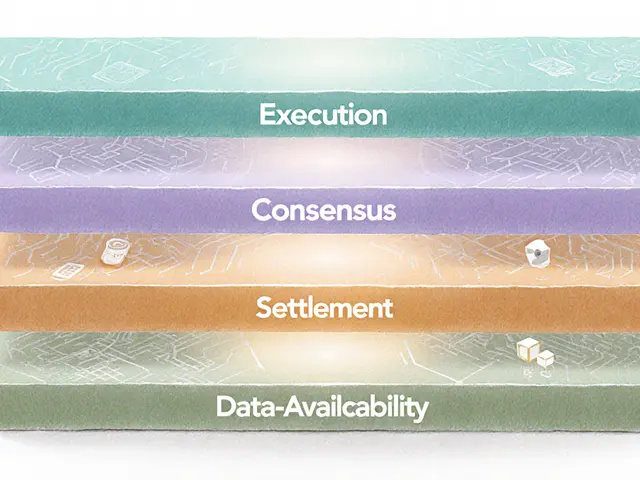CLMM: A Deep Look at Concentrated Liquidity Market Makers
When working with CLMM, Concentrated Liquidity Market Maker, a variant of Automated Market Maker that concentrates liquidity into tight price bands. Also called Concentrated AMM, it changes the game for Automated Market Maker, a protocol that sets prices algorithmically on Decentralized Exchanges, peer‑to‑peer trading platforms without a central order book and the role of Liquidity Providers, users who lock assets into pools to earn fees.
Key Features and How They Connect
CLMM lets a provider set a custom price range, which means capital sits where trades actually happen. This “price range selection” is a core attribute of the model and directly boosts capital efficiency. Because the liquidity is no longer spread across the whole curve, fee earnings per dollar can sky‑rocket, but only if the chosen range matches market movement. In practice, the system “requires liquidity providers” to actively monitor and rebalance, turning a passive yield farm into a semi‑active strategy. The underlying Automated Market Maker still governs the math—its constant‑product formula is altered by the range, so “Automated Market Makers influence fee structures” within CLMM pools. Another important attribute is “tick spacing,” which defines how granular the price increments can be; tighter ticks give more precise control but increase gas costs.
Why does this matter for DeFi traders? First, concentrated pools lower slippage for large swaps, making stablecoin‑to‑stablecoin trades cheaper on platforms like Uniswap v3 or PancakeSwap v4. Second, the ability to concentrate liquidity opens new arbitrage opportunities: if a pool’s range drifts away from market price, arbitrage bots can step in, earn fees, and push the price back in line. However, the model also raises risk. Impermanent loss can be more severe when the market exits the chosen range, leaving locked capital idle. Active management mitigates this, but it demands on‑chain monitoring tools or third‑party services. Finally, the design encourages “Liquidity Providers” to think like market makers, considering order‑book depth, volatility, and fee tier selection.
Comparing CLMM to classic constant‑product AMM highlights the trade‑off between simplicity and efficiency. A traditional AMM keeps liquidity uniform across all prices, which is easy to set up but often wastes capital on price zones that see little traffic. CLMM flips that by letting providers allocate depth where it matters most, but it also adds complexity: choosing the right range, selecting the appropriate fee tier, and deciding how often to rebalance. Some projects address this by offering “range‑optimizing algorithms” that automatically adjust positions based on real‑time market data. Others experiment with “multi‑range pools,” where a single pool contains several sub‑ranges, each with its own fee tier, effectively bundling several CLMMs into one contract. These innovations aim to lower the barrier for casual users while preserving the capital efficiency gains that power high‑volume DEX trading today.
Overall, CLMM sits at the intersection of three big trends: the rise of Automated Market Makers, the growth of Decentralized Exchanges, and the push for higher capital efficiency in liquidity provision. The ecosystem now offers dashboards that track pool health, bots that rebalance automatically, and educational guides that break down the math. In the list below you’ll find practical guides, token deep‑dives, and regulatory updates that together paint a full picture of how concentrated liquidity is reshaping DeFi. Dive in to see real‑world examples, learn how to set up your own CLMM pool, and stay ahead of the next wave of DeFi innovation.

Discover what DefiTuna (TUNA) is, how its Solana-based CLMM tech works, yield opportunities, risks, and how to start earning on this fast-growing DeFi platform.
Jonathan Jennings Oct 18, 2024




